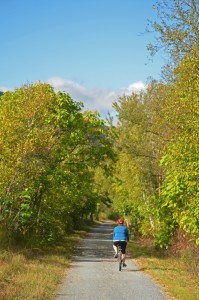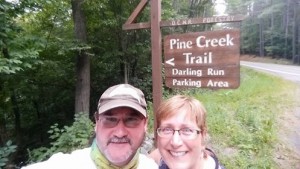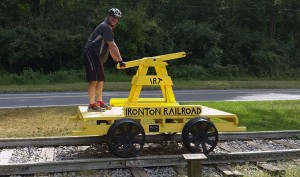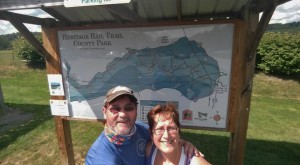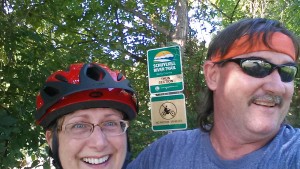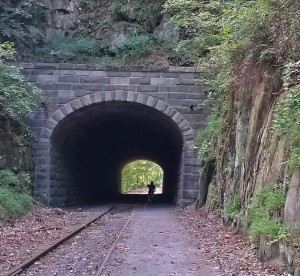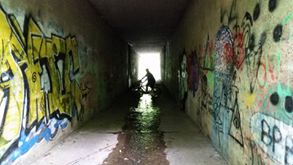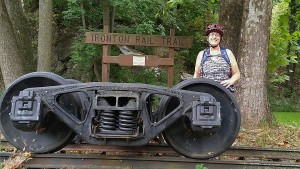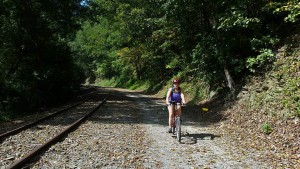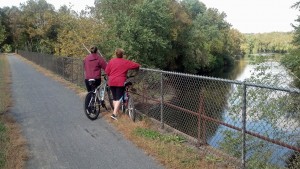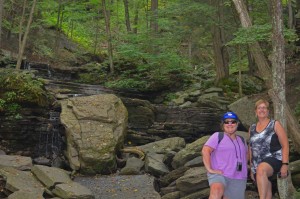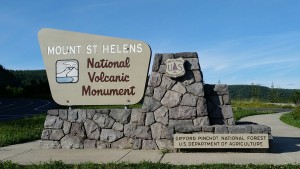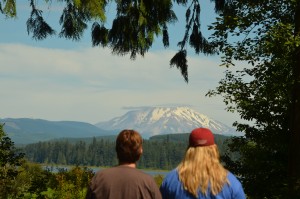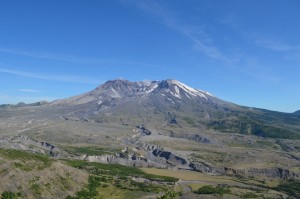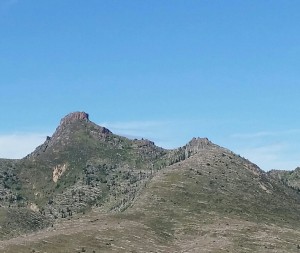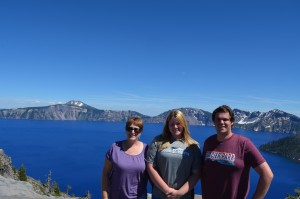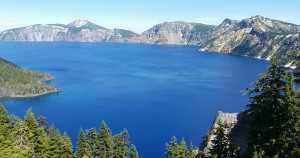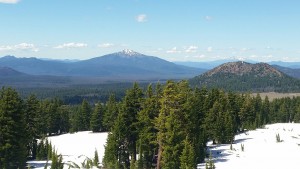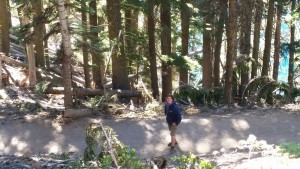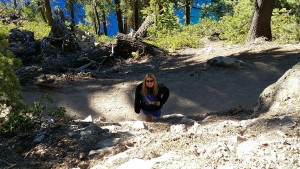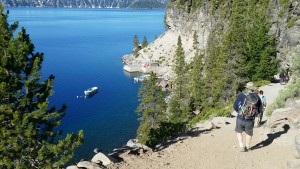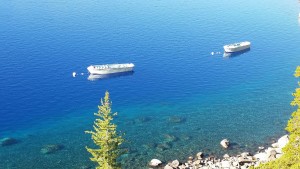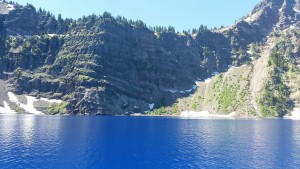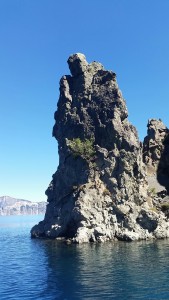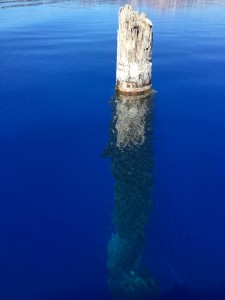Bikes loaded, check. Helmets and air pump loaded, check. Water and snacks packed, check. Backup water and backup snacks packed, check, check. It’s 8:00 am on a Sunday morning, and Theresa and I are off to bike another trail. “Where are we headed?” Theresa asks curiously. “We’re going north, to the D & L Trail,” I responded with a grin. Time to get those legs ready!
We’ve been biking rail trails regularly for about 3 years now. “Regularly” for us is a couple trips/month. Our trusty 20+ year old hybrid mountain bikes have carried us over many miles. Years ago, both our kids would join us on our journeys. Now that they’re away in college, it’s pretty much the wife and I, although our daughter does still ride with us occasionally when she’s home from school and not working. Since our outings are only day trips, so far, we’ve limited our destinations to within two hours of our home. But since we like to try as many different trails as we can, we’re running out of “local” trips, and may have to expand out a bit further.
Many of our trail trips include stops to check out interesting gadgets of history, nature and of course, the ever popular selfies-which we really haven’t mastered yet!
We have lots of reasons we enjoy biking on rail trails.
- It’s fun! If it wasn’t fun, we wouldn’t be doing it!
- It’s great exercise, and of course, as we get older, we need to keep active for our health and wellness. Bike riding is a great workout-both for cardio and strength training. It’s much easier on your legs, knees, ankles and feet than running.
- Biking gets us outdoors, where we prefer to be on weekends-out and about.
- We get to see lots of cool nature along the way, like wildlife, wildflowers, waterfalls and scenic views.
- Since most of the trails are old rail beds, we learn about the history of the railroad-what it carried, and its impact on the early settlement and industrialization of our country.
Some trails include tunnels-some historic, others “artistic!”
Don’t get me wrong. We’re not long distance riders. Our longest round trip to date is 16 miles, and we’re fine with that. My legs and butt always let me know if we’ve traveled far enough! Actually, my wife has a bit more endurance than I do, so when my body tells me I’m just about spent, she’s the next to know! I’ve also had my fair share of mini-mishaps. Like the time we we’re riding the Thun section of the Schuylkill River Trail and I was riding close behind her, and our daughter Darby was out in front. I glanced over to check out a hawk, lost my balance, clipped the back wheel of Theresa’s bike, and went down like a ton of bricks. Fortunately, Theresa kept pedaling and maintained her balance. However, I landed hard on my shoulder, got two thorns in my arm and rolled into some poison ivy. After quickly determining that I had no broken bones, I jumped up to see if anyone saw my catastrophic trail crash, only to see Theresa’s silhouette cruising on down the trail and shouting, “You OK back there?’ “Yep, just fine dear,” I grunted, dusting myself off. P.S. Glad I was wearing my helmet. I love biking!
Taking in the sights. Mother & daughter check out the Schuylkill River along the Thun Trail, and sister & wife take a break near a waterfall, along the Pine Creek Trail.
